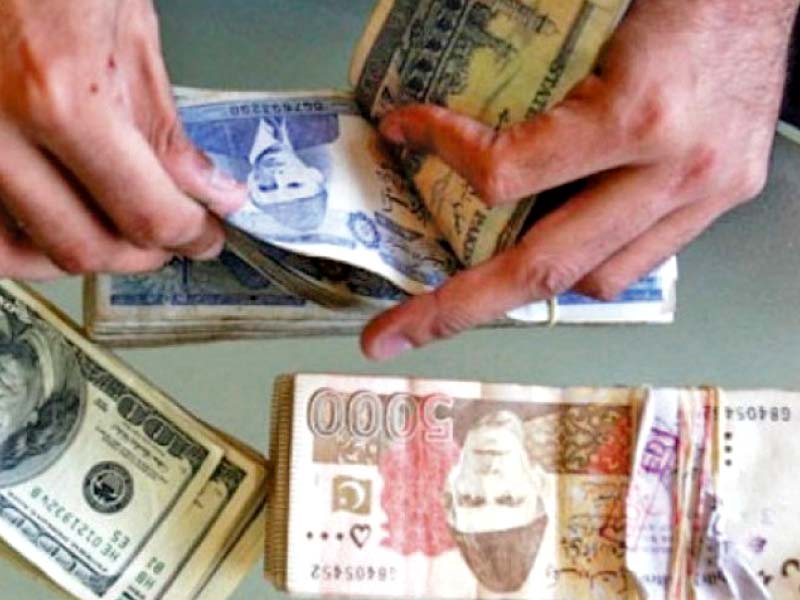
Pakistan’s real effective exchange rate (REER) – the value of the country’s currency against a basket of currencies – depreciated in December 2021, creating an enabling environment for traders to fetch large export orders.
“The REER index was recorded at 96.74 in December 2021, as compared to 98.56 in November 2021,” the State Bank of Pakistan (SBP) reported on Thursday.
Talking to The Express Tribune, KASB Securities Head of Research Yousuf Rahman underlined that the central bank’s goal “is to maintain REER slightly below 100, as it targets to make the country’s exports competitive”.
“The central bank may keep REER somewhere around 97-98 going forward … it is a comfortable level for the country’s international trade,” he said.
The rupee closed at Rs178.2 against the US dollar on December 27, 2021, which was the last working day of the month, according to the central bank.
Later, it recovered some ground against the greenback. The local currency closed at Rs176.49 in the inter-bank market on Thursday.
“Apparently, the central bank wants to stabilise the rupee at around current levels for now, as it stands at a supportive level,” Rahman said.
However, rising global inflation – particularly in Pakistan and its trading partners – may push market forces to “let the rupee depreciate gradually to Rs180 against the US dollar by the end of June 2022”.
The likely gradual depreciation would help maintain REER at around current levels, keep exports competitive and discourage unnecessary imports like luxury cars.
A fast rebound in global commodity prices these days may once again cause a slowdown in international economic growth, including Pakistan.
For instance, rising crude oil prices – which hit a multi-year high of $87 per barrel – may mount pressure on the rupee, as Pakistan relies heavily on imported energy to meet domestic demand.
Read REER moves towards fair value
“Brent crude oil may touch $90 per barrel sometime next week,” he said, adding that imported inflation may mount pressure on the rupee and move REER accordingly.
In any case, the central bank is expected to take measures to keep REER in the “comfort zone of 97-98”.
The benchmark interest rate is a tool with the central bank to create a balance between inflation reading and economic growth.
“If it sees that inflation is continuing to pose a challenge, then it may consider increasing the interest rate in its next monetary policy decision, scheduled to be announced on January 24.”
The country’s foreign exchange reserves have decreased persistently over the past few weeks, as the government continued to repay short-term foreign debt.
Significant growth in export earnings is a must to get rid of the debt trap and keep foreign currency reserves at stable levels.
Pakistan’s exports increased 25% to $15.13 billion in the first half (Jul-Dec) of the current fiscal year as compared to $12.11 billion in the same period of the previous year, according to the Pakistan Bureau of Statistics (PBS).
The much-required growth in exports came mainly on the back of a jump in exports of textile and technology.
Overall export earnings, however, remain thin when compared with import payments.
The widening gap between import payments and export earnings is causing a surge in the current account deficit, weakening the balance of payments position and consuming the foreign exchange reserves.
However, the flexible exchange rate regime, which is the first line of defence on the external economic front, will help absorb most of the shocks and keep the economy resilient.






1719053250-0/BeFunky-collage-(5)1719053250-0-270x192.webp)











COMMENTS
Comments are moderated and generally will be posted if they are on-topic and not abusive.
For more information, please see our Comments FAQ